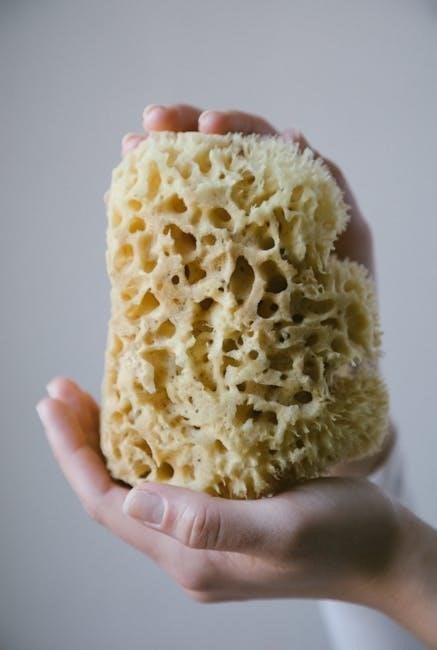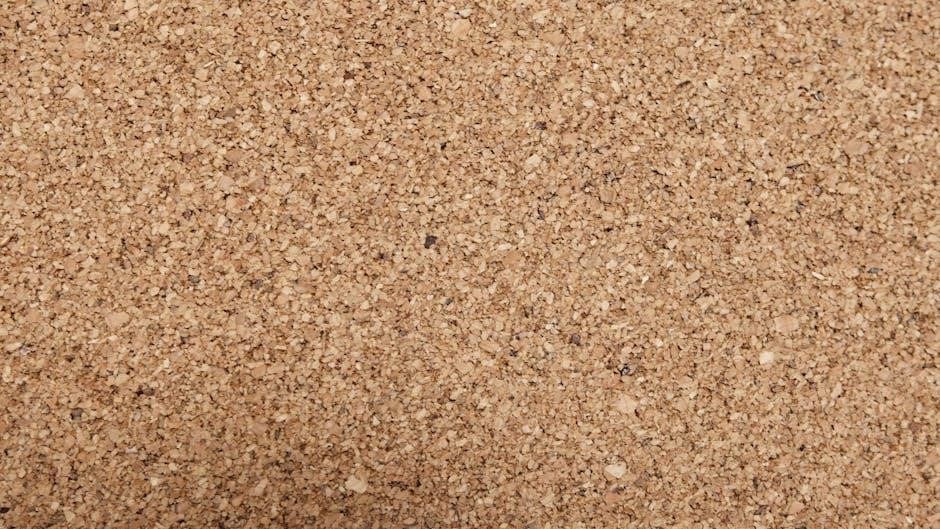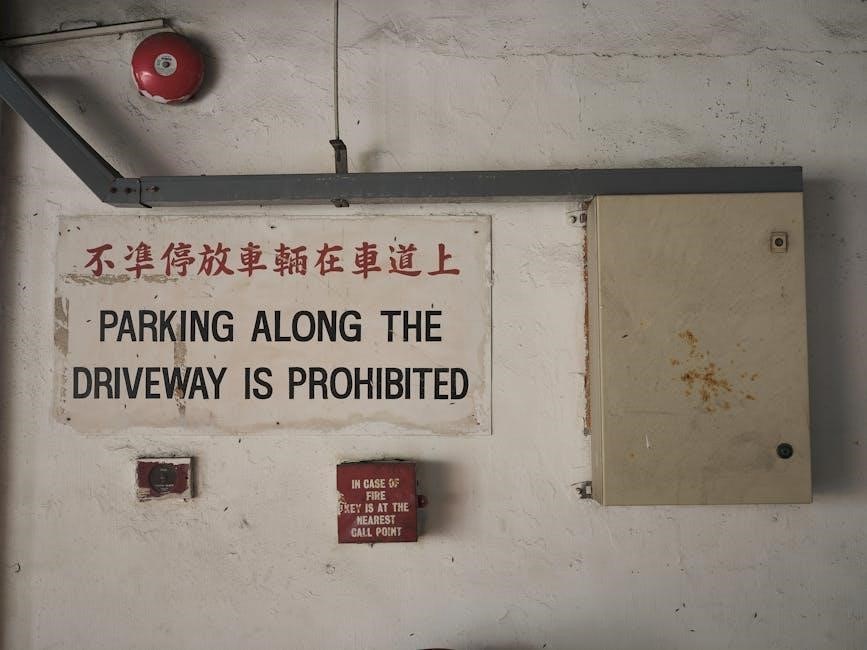Complex origami instructions guide enthusiasts through intricate designs, requiring precision and patience. From the iconic Kawasaki Rose to Robert Lang’s Tarantula, these models showcase artistic mastery and innovation.
What is Complex Origami?
Complex origami represents the pinnacle of paper folding art, characterized by intricate designs and precise techniques. It involves advanced folds like wet folding and box pleating, enabling lifelike creations. Unlike traditional origami, complex designs require patience, skill, and mathematical reasoning, making them a true test of artistic and intellectual mastery.
Why Choose Complex Origami?
Complex origami offers a rewarding challenge for enthusiasts seeking to push their creative boundaries. It combines artistry with technical precision, fostering patience and problem-solving skills. The process not only enhances dexterity but also provides a meditative experience. For those passionate about intricate designs, complex origami opens doors to creating stunning, lifelike models that showcase mastery and dedication, making it a fulfilling hobby for both beginners and experienced artists.

Essential Tools and Materials for Complex Origami
High-quality paper, bone folders, and sharp cutting tools are vital for intricate designs. A flat surface and measuring ruler ensure precision, while specialized paper enhances realism.
Best Paper for Complex Origami
Selecting the right paper is crucial for complex origami. Thicker, high-quality papers like kami or washi are ideal due to their durability and fold-holding ability. For intricate designs, such as the Kawasaki Rose, a 15x15cm square is often recommended, while larger models like Robert Lang’s Tarantula may require 40x40cm paper. Specialized papers, such as polypropylene foil, are also used for realistic textures. Ensure the paper is smooth and free of imperfections to achieve precise folds and professional results. Affordable options are widely available online and in craft stores.
Tools You’ll Need
Mastering complex origami requires specific tools. A bone folder or similar blunt tool helps create sharp creases, essential for intricate designs. Tweezers are useful for handling small flaps, while a cutting mat and craft knife assist in trimming paper to size. Optional tools include a spray bottle for wet folding, enhancing paper pliability. A flat surface and good lighting are crucial for visibility. These tools ensure precision and control, making even the most advanced folds achievable with practice and patience.

Breaking Down Complex Origami Techniques

Exploring advanced folding methods, complex origami techniques demand precision and creativity. From intricate layering to 3D shaping, these skills unlock artistic possibilities, transforming paper into stunning, elaborate designs.
Mastering Fundamental Folds
Mastering fundamental folds is essential for complex origami. Techniques like mountain and valley folds, sinks, and pleats form the foundation. These basic folds, when executed precisely, allow for intricate designs. Practice with simple models builds dexterity and understanding, paving the way for advanced projects. Without a strong grasp of these basics, complex origami becomes daunting, emphasizing the importance of patience and repetition in honing these skills.
Advanced Folding Techniques
Advanced folding techniques elevate complex origami, enabling intricate designs. Methods like wet folding enhance realism, while box pleating creates structured frameworks. These techniques allow for detailed layering and 3D effects, essential for sophisticated models. Mastery of these skills unlocks the potential to craft visually stunning and highly detailed origami art, pushing the boundaries of traditional folding methods and inspiring creativity in modern designs.

Iconic Complex Origami Models
Iconic models like the Kawasaki Rose and Robert Lang’s Tarantula exemplify intricate origami art. These designs, created by master artists, showcase precision and complexity, inspiring enthusiasts worldwide with their beauty and challenge.
The Kawasaki Rose: A Gold Standard in Origami
Created by Toshikazu Kawasaki in the 1990s, the Kawasaki Rose is a masterpiece of origami, renowned for its realistic, layered petals and mathematical precision. This iconic design uses a 15x15cm square for the bloom, a 12x12cm square for the stem, and smaller squares for leaves. Its intricate folds and natural appearance have made it a gold standard in origami art. The rose requires patience, precise folding, and practice to master, embodying the essence of complex origami and inspiring enthusiasts worldwide with its timeless beauty.
Robert Lang’s Tarantula: A Test of Patience
Robert Lang’s Tarantula is a super-complex origami model that challenges even experienced artists. Designed for advanced folders, it demands precision and dedication. The model requires large, high-quality paper, such as polypropylene foil, to achieve its detailed, realistic features. With intricate legs and a textured body, the Tarantula is a true test of skill and patience. Beginners should start with simpler projects before attempting this masterpiece, which exemplifies Lang’s innovative approach to modern origami design and artistry.

Modular Origami: Building Complex Structures
Modular origami creates intricate structures by connecting individual folded units without glue or tape, forming larger, complex designs through precise folding techniques that showcase artistic complexity and engineering.
Understanding Modular Origami
Modular origami involves creating complex structures by assembling multiple identical or complementary folded units. Unlike traditional origami, which relies on a single sheet of paper, modular designs use several pieces connected through precise folds. This technique allows for the construction of larger, three-dimensional forms, such as spheres, flowers, or animals, without glue or tape. Each module is folded separately and then joined to others, enabling intricate and visually stunning designs that showcase both mathematical precision and artistic creativity.
Examples of Modular Origami Projects
Modular origami allows creators to craft intricate designs by combining multiple folded units. Popular projects include modular balls, such as the “Modular Origami Ball,” and complex polyhedrons like the “Rhombicuboctahedron.” Floral designs, such as the “Modular Kusudama Flower,” showcase elegance and symmetry. These projects often require precision folding and patience, as each module must align perfectly to form the final structure. They demonstrate the versatility of modular origami, blending artistry with mathematical precision to create visually stunning pieces.

Learning Complex Origami: Video Tutorials and Resources

Discover expert video tutorials and step-by-step guides for mastering intricate folds. From classic models to modern designs, these resources offer detailed instructions for every skill level, ensuring precision and creativity in your origami journey.
Top Video Tutorials for Advanced Folds
For mastering intricate designs, video tutorials are indispensable. Expert creators like Robert Lang and Satoshi Kamiya share detailed guides for models such as the Tarantula and Lion King. These tutorials often cover advanced techniques like wet folding and box pleating, essential for realistic and complex designs. Platforms offer step-by-step instructions, ensuring even the most challenging folds are accessible. With patience and practice, these resources help origami enthusiasts achieve stunning, professional-grade results, bringing their creative visions to life.
Recommended Diagrams and Instructions
For complex origami, detailed diagrams and clear instructions are essential. Websites like Origami Expressions and Paper Kawaii offer high-quality diagrams for advanced models. Video tutorials by experts such as Robert Lang and Satoshi Kamiya provide step-by-step guidance for intricate designs. Additionally, platforms like iLovePDF allow access to PDF tutorials, ensuring precision and clarity. These resources cater to enthusiasts seeking to master sophisticated folds and create stunning, professional-grade origami art with ease and accuracy.

Advanced Techniques for Mastering Complex Origami
Explore wet folding for realistic textures and box pleating for structural integrity. These techniques transform simple designs into intricate, lifelike masterpieces, pushing the boundaries of paper artistry.
Wet Folding: A Game-Changer for Realism
Wet folding revolutionizes origami by allowing paper to be shaped and molded with precision. This technique, often used in intricate designs, creates lifelike textures and curves, enhancing realism. By dampening the paper, artists achieve smoother folds and natural-looking contours, especially in complex models like insects or flowers. Wet folding is a game-changer for experienced origami enthusiasts, enabling the creation of highly detailed, three-dimensional masterpieces that push the boundaries of traditional folding methods.
Box Pleating and Its Role in Modern Designs
Box pleating is a cornerstone of modern origami, offering a structured framework for intricate designs. Unlike traditional methods, it uses predictable creases, making complex patterns manageable. This technique is essential for creating layered, three-dimensional models, from realistic flowers to elaborate animals. Box pleating enhances precision and symmetry, allowing artists to achieve stunning, detailed works that align with contemporary origami trends. Its versatility and mathematical approach have made it a favorite among advanced origami creators seeking to push artistic boundaries.
Mastering complex origami requires persistence, patience, and dedicated practice. Explore new designs, study expert techniques, and embrace challenges to refine your skills and create stunning works of art.
Persistence and Practice
Mastering complex origami demands patience and dedication. Even experienced artists face challenges, but persistence is key to overcoming them. Break projects into smaller steps, focusing on precision and understanding each fold. Celebrate small victories and learn from mistakes. Regular practice strengthens finger dexterity and familiarity with advanced techniques. Don’t rush—complex designs require time and effort. Embrace the journey, and with consistent practice, you’ll achieve breathtaking results and unlock the full potential of intricate origami art.
Exploring New Designs and Artists
Exploring new designs and artists expands your origami horizons, introducing fresh techniques and inspiration. Discover intricate works by master creators like Satoshi Kamiya and Robert Lang, whose designs push artistic boundaries. Investigate online galleries and communities to uncover unique models and trends. Engaging with diverse styles and approaches fosters creativity and enhances your skills. Embrace the journey of discovery to refine your craft and appreciate the evolving artistry of complex origami.







































































